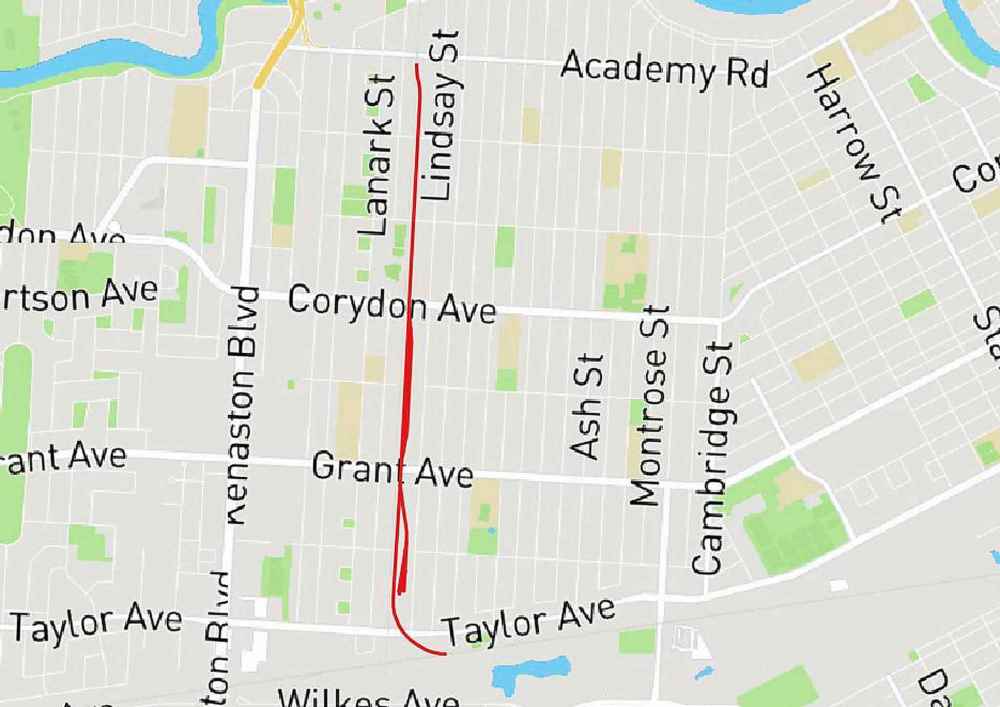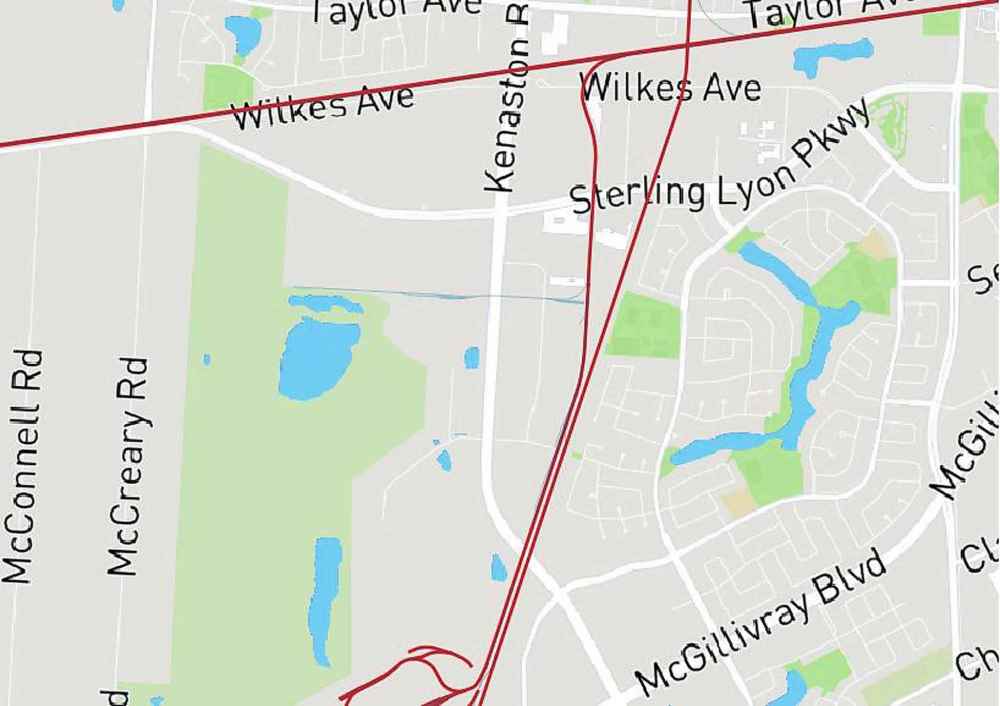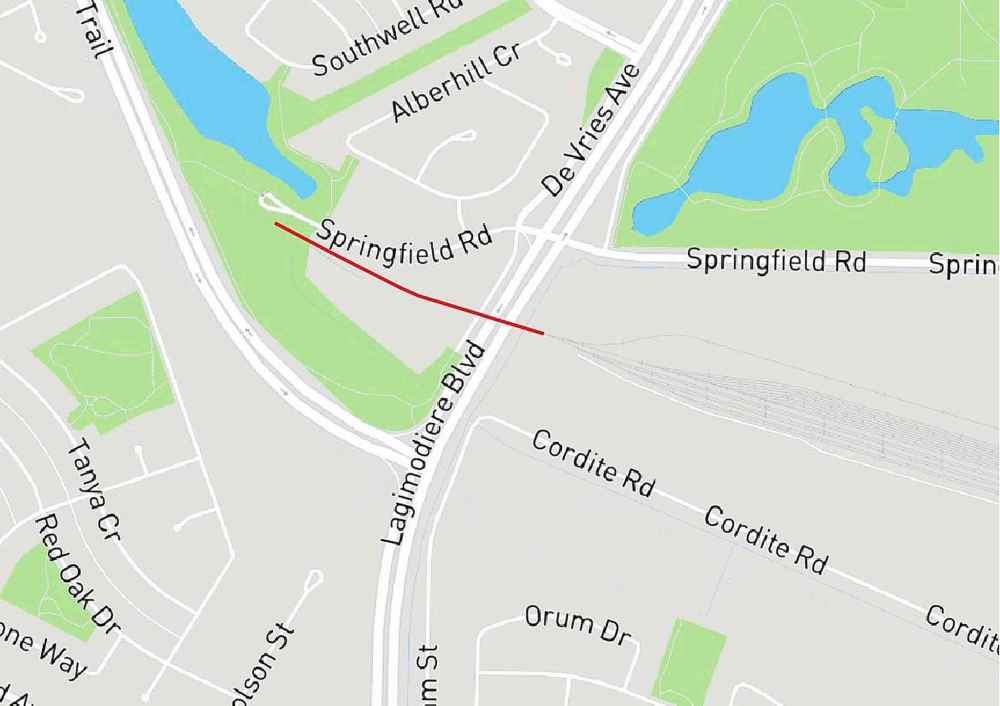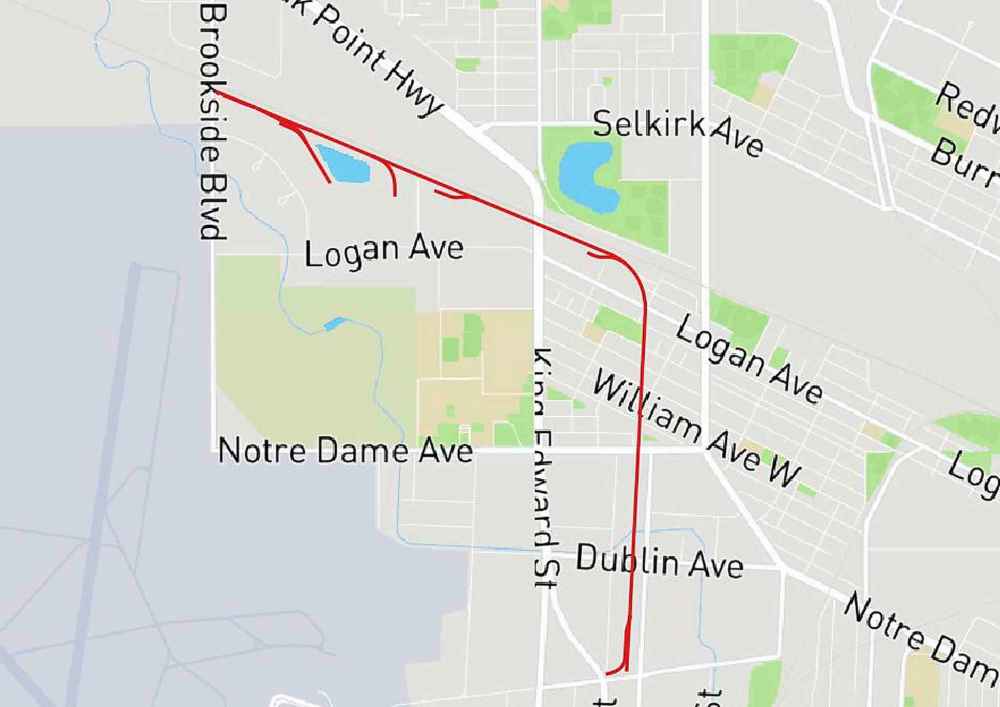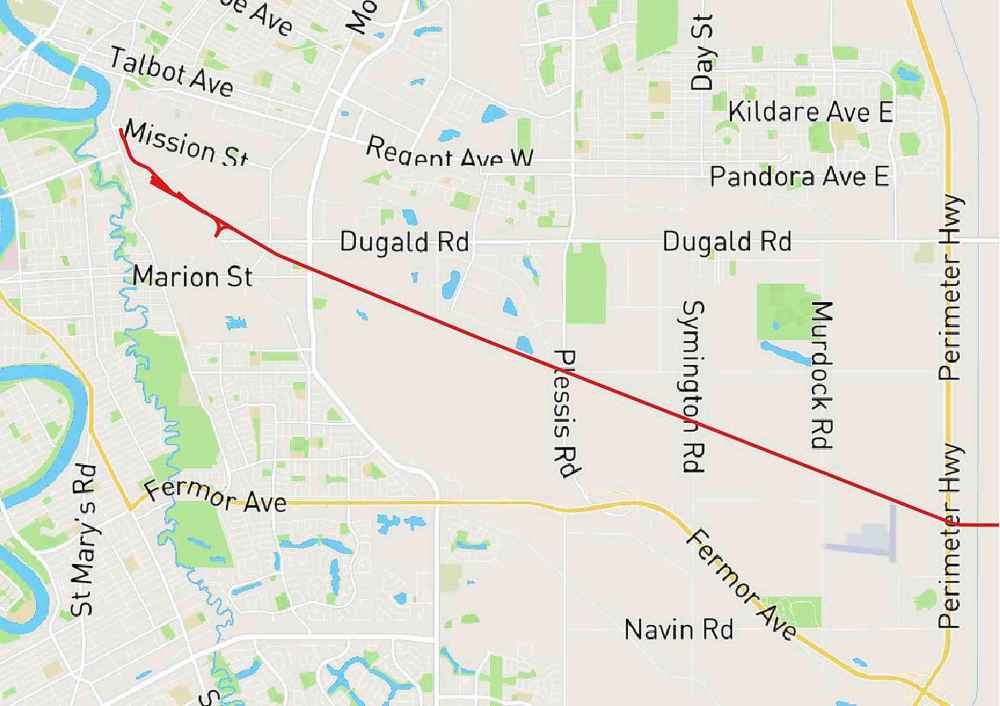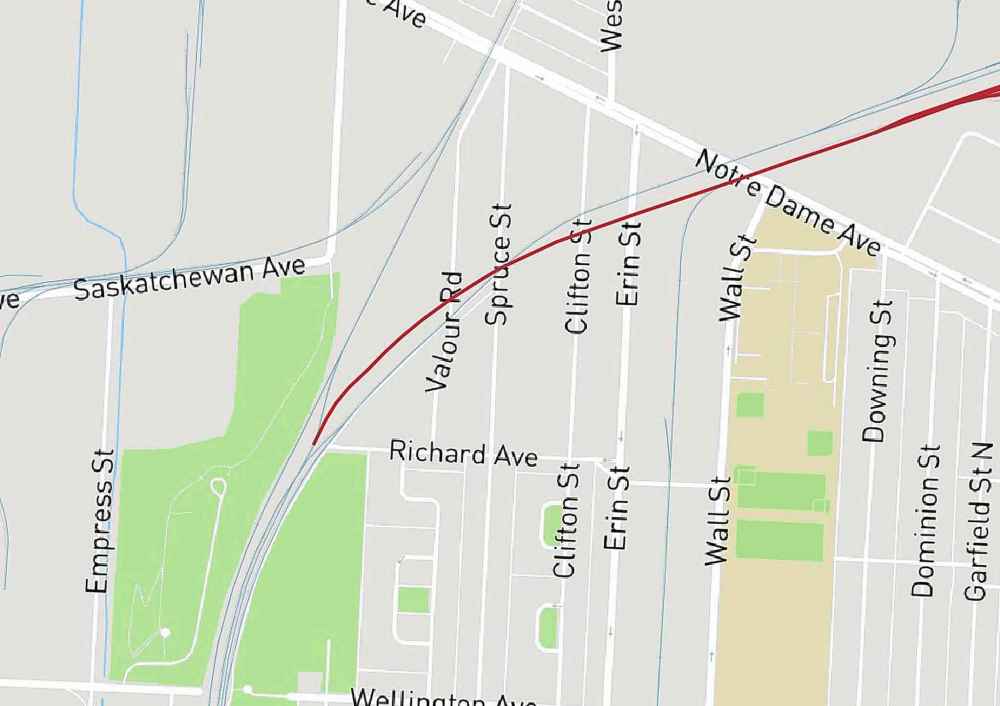‘Rail rationalization’ would remove 47 street-level rail crossings
Read this article for free:
or
Already have an account? Log in here »
To continue reading, please subscribe:
Monthly Digital Subscription
$19 $0 for the first 4 weeks*
- Enjoy unlimited reading on winnipegfreepress.com
- Read the E-Edition, our digital replica newspaper
- Access News Break, our award-winning app
- Play interactive puzzles
*No charge for 4 weeks then billed as $19 every four weeks (new subscribers and qualified returning subscribers only). Cancel anytime.
Read unlimited articles for free today:
or
Already have an account? Log in here »
Hey there, time traveller!
This article was published 13/08/2018 (2082 days ago), so information in it may no longer be current.
If Winnipeggers are worried about commute times and public safety, there is one thing — far less controversial than opening Portage and Main — that could address those traffic issues.
The former head of the Arlington railyards says Winnipeg could remove 47 mostly inactive street-level rail crossings around town, if competing companies harmonize their routes.
“Rail rationalization” can cut down on public interactions with railways, whether that’s obligatory stops, cars rushing to beat trains and people trespassing along the railroads, said Neil Greenslade, who served as assistant superintendent with Canadian Pacific for three decades, ending in 2016.
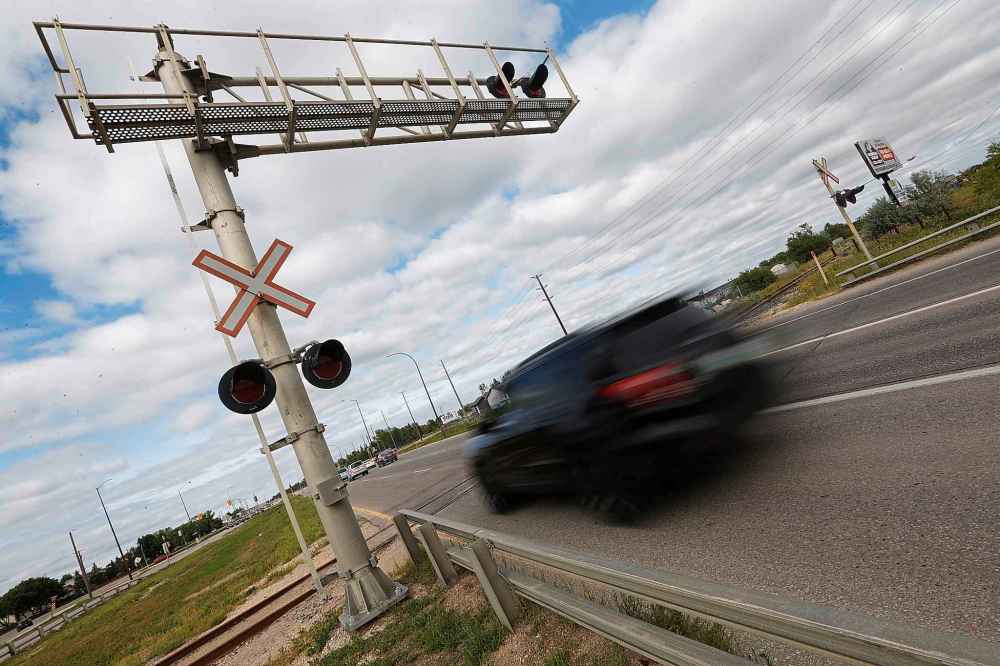
“If you put the city of Winnipeg on a map and you look at the crossings at grade, [many] have not been used in years,” Greenslade said.
After leaving the job, he compiled 47 crossings around the city that he feels are no longer useful.
For example, just south of Springfield Rd. are three crossings: both sides of Lagimodière Blvd and Molson St. They’re part of a spur, which connects a railroad to a private company’s yard, though the company says it hasn’t used that spur in a year.
Under-used rail crossings
Neil Greenslade, a former long-time employee with Canadian Pacific Railway, identified lines in Winnipeg that he feels are no longer useful. Here are some areas he highlighted:
Graeme Bruce / Winnipeg Free Press / Mapbox
“It creates a safety issue, where you have 80 km/h roadways and you have a bus stopping on these roadways, to check for trains at crossings that are used very, very little, if at all,” said Greenslade, whose own son’s school bus crosses every day.
That’s because the provincial Highway Traffic Act requires school buses to stop at all railway crossings, whether or not it has lights. It also compels public-transportation buses and any truck designed to carry flammable liquid or gas to stop at crossings without lights.
Greenslade’s ideas would involve railways companies sharing some of their railroads along infrequent lines, which would allow the city to remove some at-grade crossings. He believes that would save millions in required maintenance, a cost often shared by the city, the province and the railways, and that the cost might be shared by all three.
Some of his proposals would require companies to use trucks to transport containers, instead of having them arrive on railways that aren’t used for any other purpose.
For example, Greenslade’s son crosses a rail spur (or dedicated track) that Star Building Materials last used a year ago, according to company vice-president Mark Kennedy.
“It was advantageous cost-wise to bring material by rail car, however the cost of maintaining the actual rail line was also on us,” he said.
Kennedy’s firm has switched to truck shipments for its roof-truss facility, and he said other companies are making the same move after paying CN or CP for their own spurs.
He’s heard both companies plan to close spurs around the city in the coming years, but neither CN nor CP would confirm this.
Greenslade presented his suggestions to the Planning Executive Advisory Committee on Sept. 21, 2017, to 10 senior city staff, including chief administrative officer Doug McNeil.
His ideas didn’t seem to make much headway. Internal documents obtained through a freedom-of-information request suggest virtually no follow-up among city staff, who also declined two interview requests.
Instead, Michelle Finley wrote that PEAC regularly hears from “internal and external subject-matter experts” to gather background information. “The public service is currently not considering the closure of any rail crossings or the relocation of rail lines within the city.”
Greenslade passed the idea along to a former colleague at CP, but not the other two large railways operating within Winnipeg. “I’m just throwing [the ideas] out there because I think they have merit,” he said.
Among Greenslade’s recommendations is to remove the American company BNSF’s rail yard in River Heights, and harmonize that rail line with the CP one that runs parallel, between Lindsay and Renfrew streets, removing one of those sets of track.
BNSF spokeswoman Amy McBeth said the company is actively using all those assets, and that it would only consider moving its railyard out if officials provided a comparable site and compensation.
She said BNSF has helped communities close roads that cross railways — but not the opposite idea Greenslade proposed. “As a railroad, BNSF looks to close redundant at-grade crossings where we can, and we work with communities all the time to do that — but what that means is the roadway is closed for motor vehicles.”
CN said it would study the idea if someone brought it forward:
“CN is not familiar with the details of the multiple proposals. The proposals are potentially complex and costly projects,” noted spokeswoman Kate Fenske. “We are always prepared to discuss rail operations and infrastructure with key stakeholders.”
CP pointed to an online statement about rail relocations in general — and not about inactive crossings.
“Relocation of rail lines and yards is a complex and serious issue” that requires feedback from myriad groups, CP’s website reads, “to customer service and the full cost to all stakeholders, which will be significant.”
But Greenslade, who now runs the consultancy Celtic Rail Services, said closing inactive rail crossings is a much easier step than full-blown relocations.
He said this first step could become a rallying point for Winnipeggers, before tackling more complicated decisions about railway safety.
The question about whether to relocate the Arlington yard, which bisects downtown from the North End, comes up every few years. Meanwhile, city council in 2016 shelved a years-long ambitious project to put a massive interchange and underpass at Marion and Archibald streets, which would have expropriated homes and businesses.
“I think engaging the railways, the province, the federal government, the city — to look at rail operations throughout Winnipeg is a good idea from a public-safety perspective.”
dylan.robertson@freepress.mb.ca
